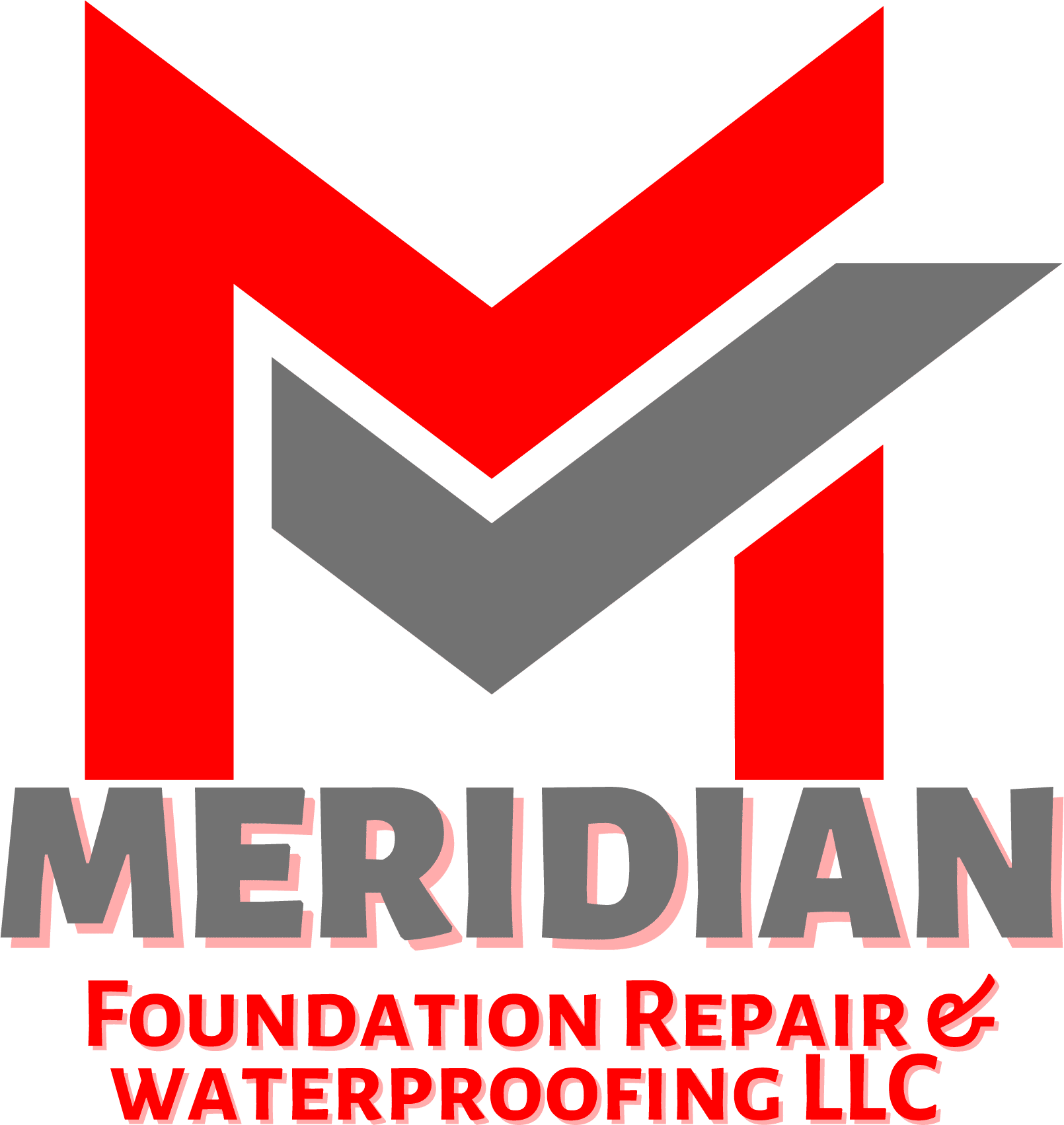January 8th, 2021
Most types of household mold are a hazard to our family’s health and can lead to structural damage. However, there is more than one variety of mold that can infest our homes. Each comes with different health risks and requires a certain type of remediation.
Understanding various types of mold will help you become aware of how harmful they are. The ones you need to be able to recognize are those that pose the greatest risks to your family’s health. Here is how you can identify the four most dangerous types of household mold:
Stachybotrys Or Black Mold
Stachybotrys is an extremely dangerous household mold. It is toxigenic, which means it can lead to serious health conditions. Those include neurological problems and pulmonary bleeding in children as well as a broad range of health issues in adults.
Stachybotrys is dark green and black in color, and it has a slimy texture. It is most often found in areas with a lot of moisture and is known for growing on materials with cellulose, its primary food source. Black mold is commonly found on wood, cardboard, and other paper products.
Acremonium
Acremonium mold is also a toxigenic mold that can lead to issues like bone marrow disease, immune system disorders, and even death. It also causes brain and cognitive disorders. Often pink, whitish grey, or orange in color, it can be found growing near window seals, humidifiers, and drain pains. Since it has a powdery texture, it can easily be dispersed into the air.
Fusarium
Fusarium is a mold that is both toxigenic and allergenic, so it can cause a range of health issues including bone infections and brain damage. It is especially dangerous because it spreads across the home more rapidly than other types of mold. It is often pink, red, or white in color, and it grows on carpets, fabrics, and food.
Trichoderma
Trichoderma is another allergenic and toxigenic mold. There are five different species of trichoderma, and they have varying health impacts. This mold is mostly white but sometimes has greenish patches. It is fuzzy in texture and grows in wooly clusters. It most commonly grows on wet surfaces like wallpaper, fabric, and carpeting, but it can also grow in HVAC systems. The most dangerous forms of trichoderma can cause lung and liver infections.
These molds are all a threat to your family’s health, so if you notice them, you need to call a mold remediation specialist right away. However, though they are not as risky, many other mold varieties can trigger health issues like allergies or asthma.
If you have found mold growing in your home, contact the mold remediation team at Meridian Foundation Repair and Waterproofing. Our experts will identify the type of mold, explain the risks, and put together a plan to rid your home of the mold. We will also address the underlying causes that lead to the spread of the mold in the first place.


